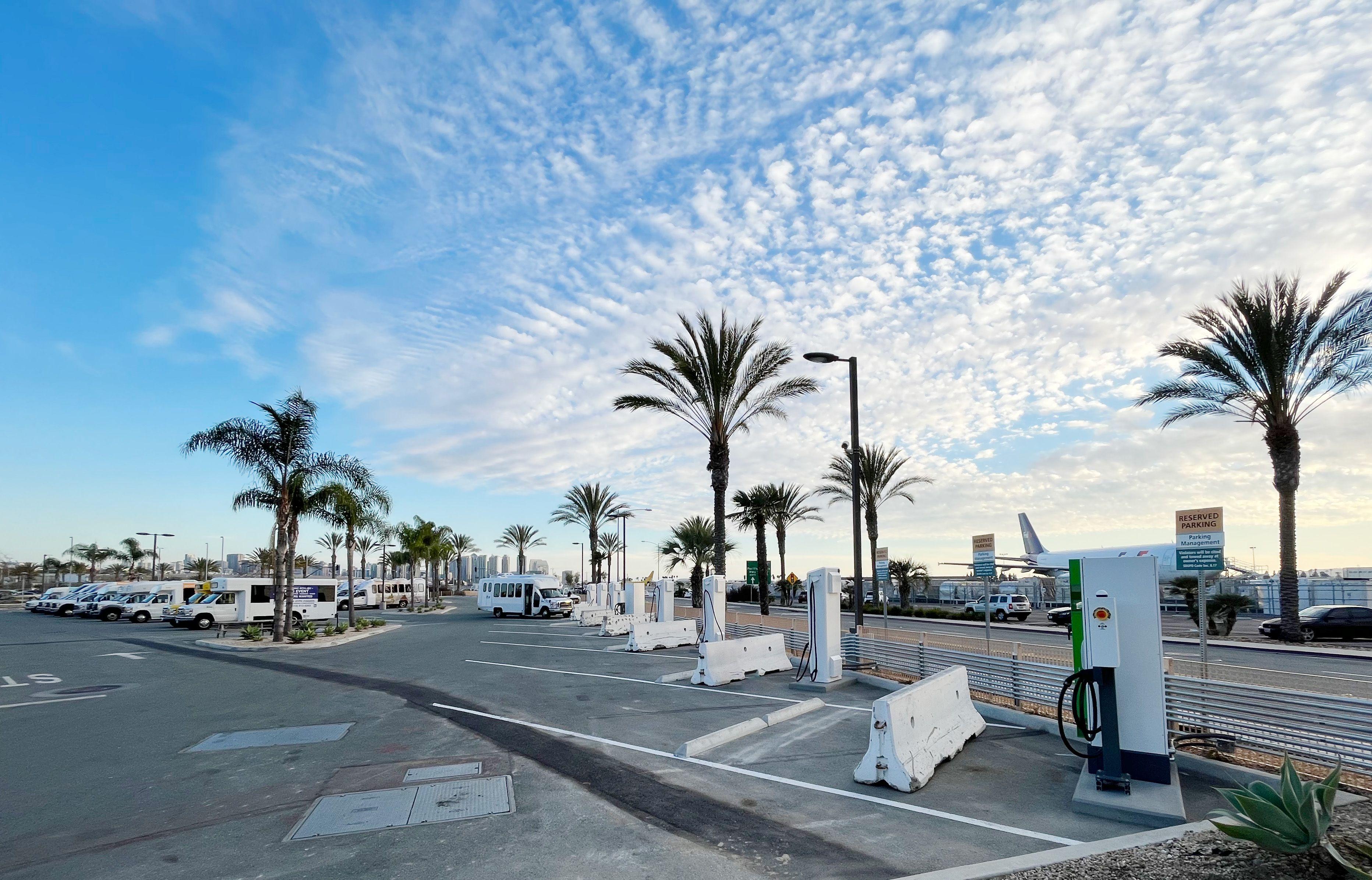The U.S. goal of reducing greenhouse gas emissions (GHG) by 50 percent by 2030 is admirable, but many are questioning is it achievable? Ambitious federal mandates and unprecedented approval for public funding, including $385 billion for clean energy projects from the Inflation Reduction Act, seek to speed the electrification of our transportation industry. However, money and policy alone may not be enough.
The last few years exposed a fragility in our global workforces and supply chains – for everything from food to construction to manufacturing – and electric transportation was no exception. Building a power grid that can support an impending influx in EVs in a timely fashion is a necessary yet major undertaking, and one that is now further burdened by supply chain constraints, an inflationary environment, labor shortages and ongoing skepticism.
Fortunately, technological solutions that make best use of existing grid infrastructure are available today. Rather than putting societal electrification goals at risk by waiting two, three years or more to rebuild the grid, a concerted effort to use technologies, policies and other tools that make best use of existing grid infrastructure will drive electrification projects forward in 2023 and beyond.
Exceeding Existing Load Limits
Integrating a new electric fleet into the power grid requires substantial electrical infrastructure to support its high charging demands. But, what happens when charging requirements exceed the site’s existing electrical load capacity?
Utility upgrades and expansions are typically the first consideration, but this is an expensive and time-consuming process. A basic utility upgrade, like replacing a transformer, might cost a million dollars and require more than a year lead time under the best of circumstances. Today, those lead times are now multiplying due to supply chain backlogs.
A school district in California, for example, is currently facing a 72-week wait on a new transformer. Without an alternative solution, the district’s electrification plan will come to a screeching halt.
Smart Charging Through Automated Load Management
Automated load management (ALM) is a proven alternative to capacity expansion, particularly in achieving near-term electrification projects. The Mobility House’s charging and energy management system ChargePilot® is an ALM system and autonomously controls how much power each charger can draw at a time, based on overall site load and utility grid limit. This allows for the safe and reliable installation of EV chargers that may cumulatively exceed the site connection size.
ALM deployment enables fleet operators to utilize the site’s existing energy infrastructure in order to move forward in phase one of their charging depot while waiting for larger upgrades in phase two and beyond. As a bonus, ALM strategies reduce reliance on critical equipment availability, such as transformers and switchgears, as well as greatly reduce labor costs associated with building and operating the system.
Having deployed ChargePilot® for hundreds of large-scale fleets around the world, The Mobility House has seen this success firsthand.
Seattle’s King County Metro currently operates a first-of-its-kind charging infrastructure testing facility with both plug-in and overhead chargers from three different manufacturers. The chargers have a combined nameplate capacity of 3.03 MW, but upgrading the transformer would have cost King County Metro up to $1M and taken two-plus years to complete. Instead, after modeling and evaluating project goals with The Mobility House, King County Metro chose 2.5 MW of transformer capacity and uses ChargePilot to intelligently manage charging load and keep onsite power usage below the facility’s transformer limitation.
Solar-plus-storage microgrids are another creative alternative to utility expansion. Take The Mobility House’s work at the Brookville Smart Energy Bus Depot in Maryland. Through solar-generated electricity, coupled with battery storage and ChargePilot’s energy management strategies, the city’s transit buses can charge directly from the site’s own renewable power supply without utility involvement.
Building Roads of the Future, Today
Electrifying public commercial vehicle fleets is not without its challenges, and while new funding and policies are heading us in the right direction, we still need to use every technological and business innovation tool available today to turn vision into reality.
Want to learn more about the benefits of ChargePilot? Explore Why Electric Fleet Operators are Prioritizing Smart Charging and Energy Management or schedule a demo to see how The Mobility House can help move your electrification projects forward in 2023 and beyond.

